Just a socially awkward college student with an interest in the celestial bodies in our universe.
279 posts
Latest Posts by allisonkitten - Page 2
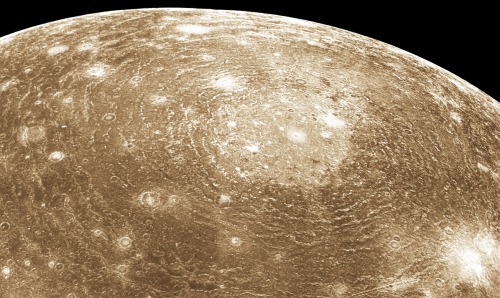
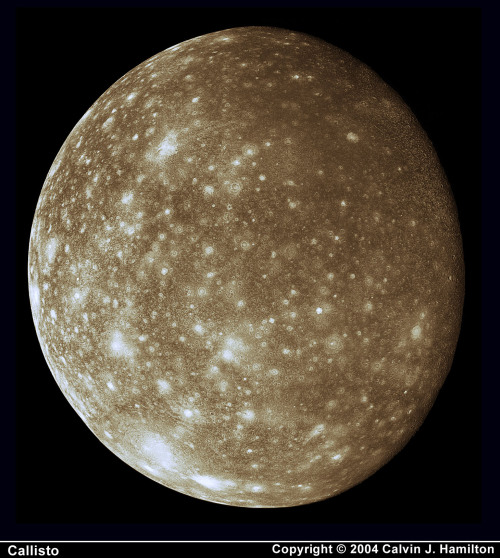
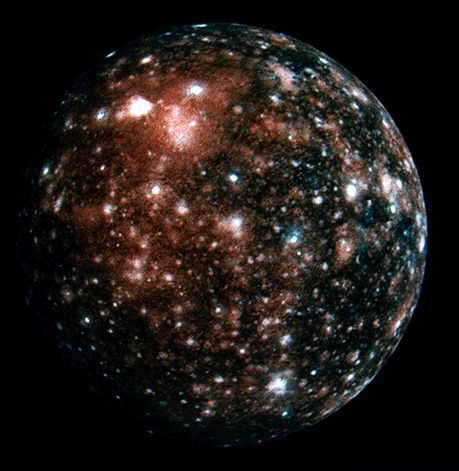

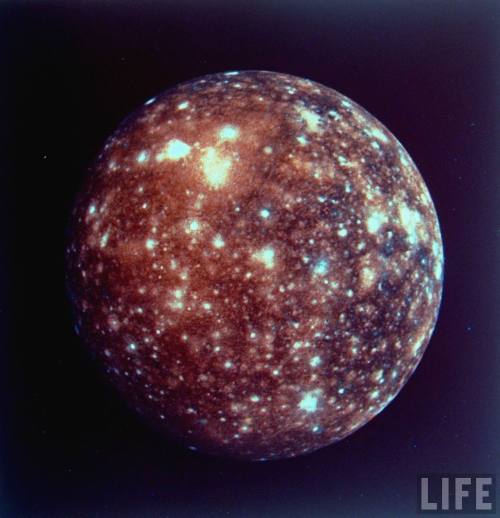
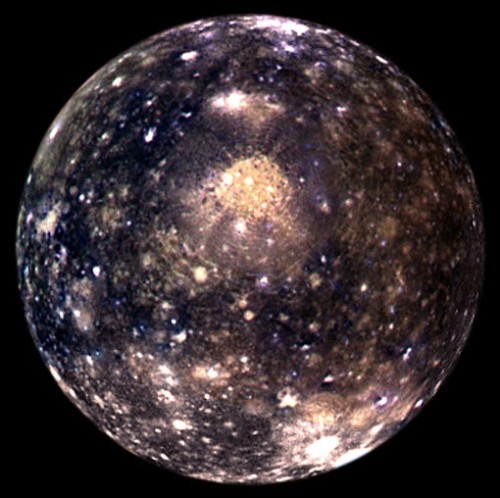

Jupiter’s moon, Callisto.
These are gorgeous and I need them all! 😍😍😍





Spectacular “Space Glass” Pendants Let You Hold the Cosmos in the Palm of Your Hand
Me

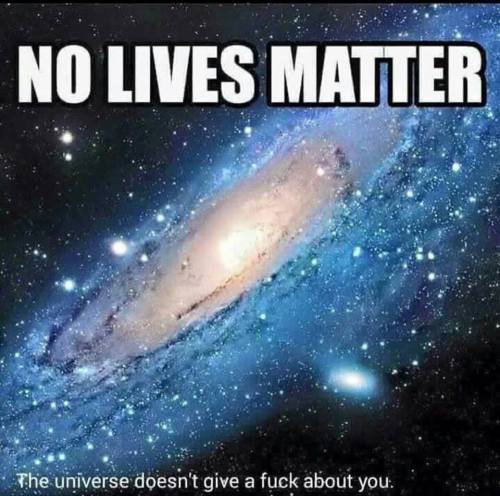
TESS: The Planet Hunter
So you’re thinking…who’s TESS? But, it’s more like: WHAT is TESS?
The Transiting Exoplanet Survey Satellite (TESS) is an explorer-class planet finder that is scheduled to launch no later than June 2018. This mission will search the entire sky for exoplanets — planets outside our solar system that orbit sun-like stars.

In the first-ever space borne all-sky transit survey, TESS will identify planets ranging from Earth-sized to gas giants, orbiting a wide range of stellar types and orbital distances.
The main goal of this mission is to detect small planets with bright host stars in the solar neighborhood, so that we can better understand these planets and their atmospheres.

TESS will have a full time job monitoring the brightness of more than 200,000 stars during a two year mission. It will search for temporary drops in brightness caused by planetary transits. These transits occur when a planet’s orbit carries it directly in front of its parent star as viewed from Earth (cool GIF below).

TESS will provide prime targets for further, more detailed studies with the James Webb Space Telescope (JWST), as well as other large ground-based and space-based telescopes of the future.
What is the difference between TESS and our Kepler spacecraft?
TESS and Kepler address different questions: Kepler answers “how common are Earth-like planets?” while TESS answers “where are the nearest transiting rocky planets?”

What do we hope will come out of the TESS mission?
The main goal is to find rocky exoplanets with solid surfaces at the right distance from their stars for liquid water to be present on the surface. These could be the best candidates for follow-up observations, as they fall within the “habitable zone” and be at the right temperatures for liquid water on their surface.
TESS will use four cameras to study sections of the sky’s north and south hemispheres, looking for exoplanets. The cameras would cover about 90 percent of the sky by the end of the mission. This makes TESS an ideal follow-up to the Kepler mission, which searches for exoplanets in a fixed area of the sky. Because the TESS mission surveys the entire sky, TESS is expected to find exoplanets much closer to Earth, making them easier for further study.
Stay updated on this planet-hunting mission HERE.
Want to learn more? Join our Twitter Q&A on May 18 at 1:00 p.m. EDT. Use #AskTESS for questions!
Make sure to follow us on Tumblr for your regular dose of space: http://nasa.tumblr.com
Cute❤
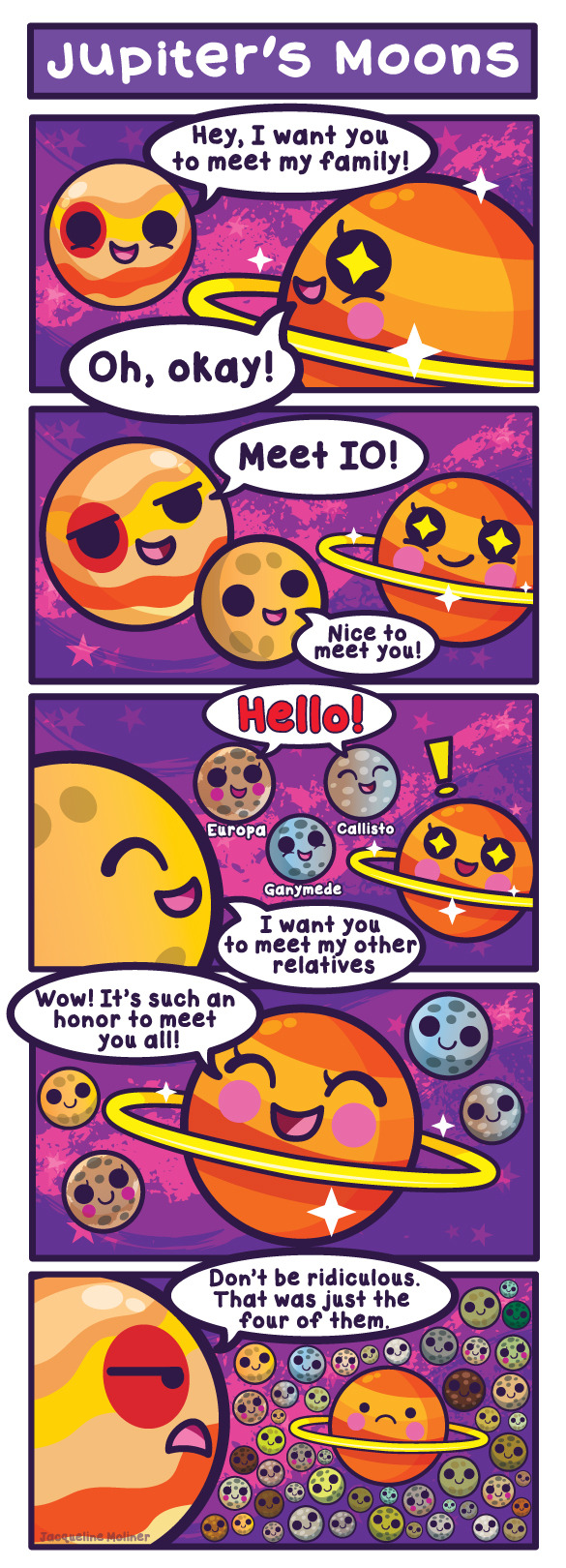
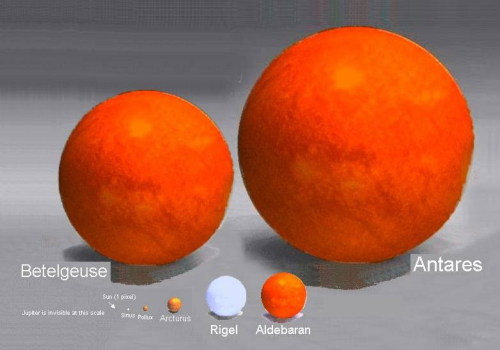


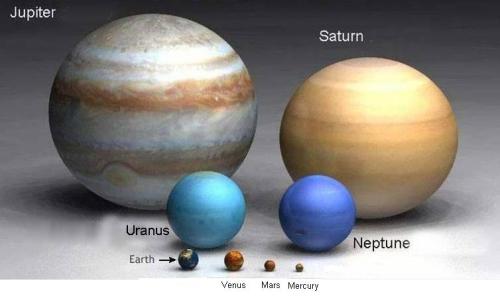
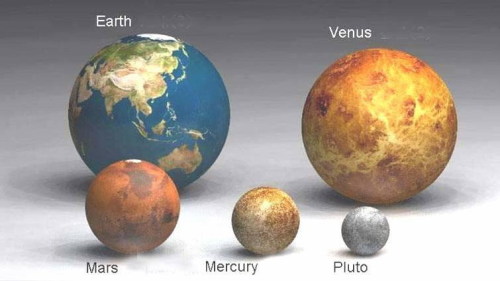
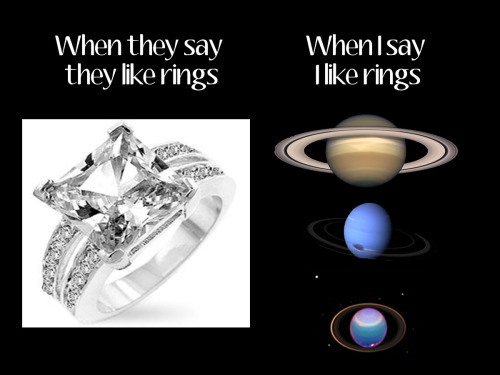
Neil knows what's up







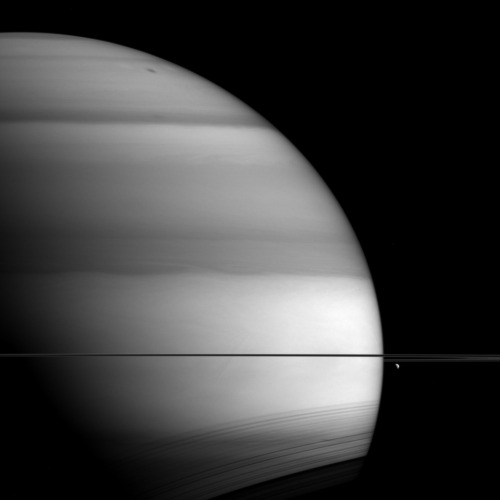
The soft bands of Saturn
js
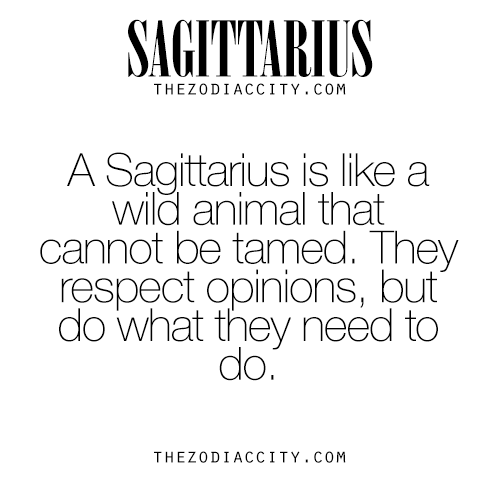



2016 Mercury Transit, as seen by NASA’s SDO in 171 Angstroms.
Me
*looks up at night sky* *sees more stars than usual* *mood immediately lifts by 93%*
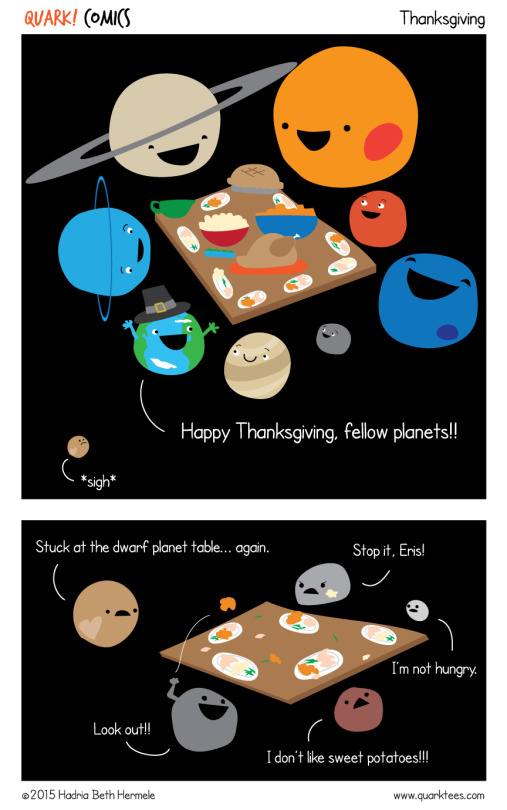
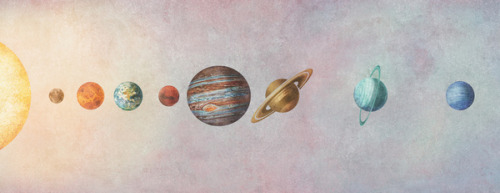

ISS Symphony
Cute ❤

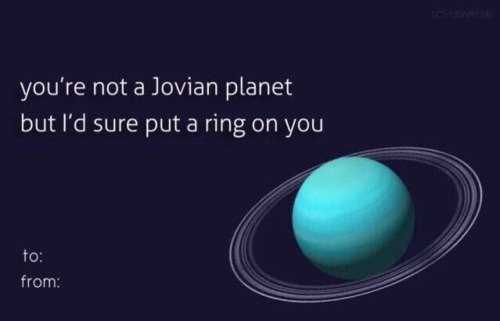
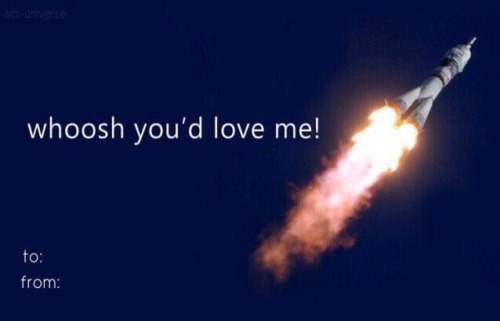
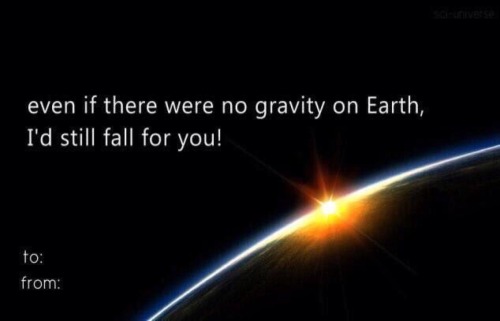
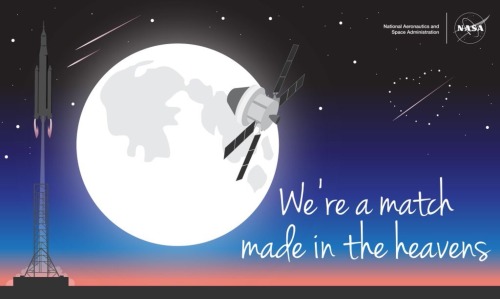
somewhere out there, there’s a star born the exact same day and time as you were
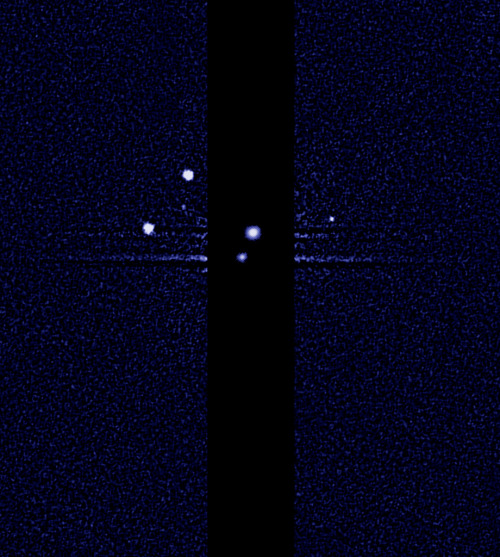
Hubble Discovers a Fifth Moon Orbiting Pluto / Source / by NASA Goddard Photo and Video
Need
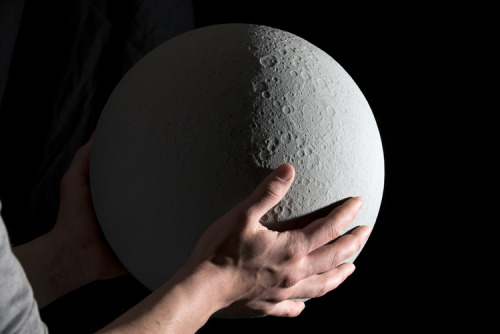
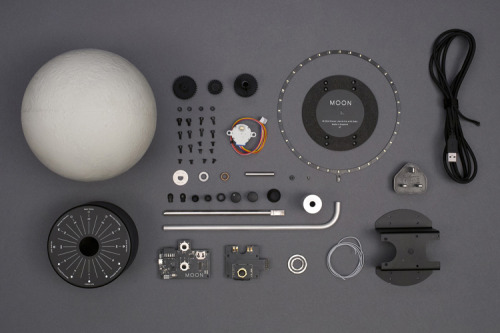

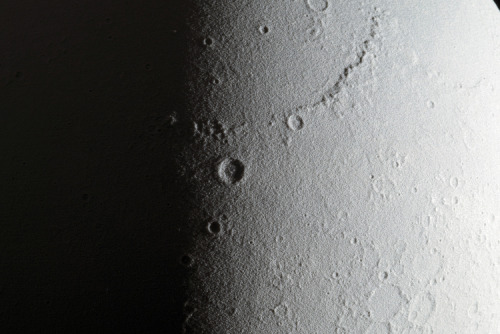
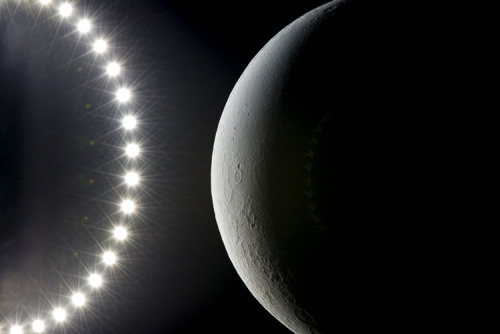
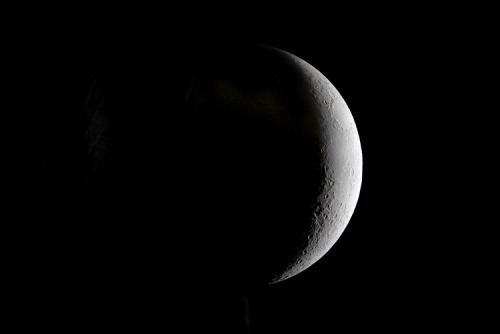
ACCURATE 3D-PRINTED LUNAR GLOBE
French artist Oscar Lhermitte and Kudu studio have teamed up to realize a perfet 1:20,000,000 scale mode of the moon. Moon is a topographically accurate lunar globe displaying the current Moon phase at any given time.
The project involves the use of the latest data from NASA’s Lunar Reconnaissance Orbiter combined with advanced electronic and mechanical engineering paired with careful craftsmanship in mould making. This results in a truly accurate copy of the Moon with surface’s features in every detail.
With the use of algorithms, a ring of LEDs follows in real time the path of the Moon and constantly lits its correct face, recreating the lunar phases as seen from Earth. Learn more about the product on its Kickstarterpage.
Largest Collection of Planets EVER Discovered!
Guess what!? Our Kepler mission has verified 1,284 new planets, which is the single largest finding of planets to date. This gives us hope that somewhere out there, around a star much like ours, we can possibly one day discover another Earth-like planet.

But what exactly does that mean? These planets were previously seen by our spacecraft, but have now been verified. Kepler’s candidates require verification to determine if they are actual planets, and not another object, such as a small star, mimicking a planet. This announcement more than doubles the number of verified planets from Kepler.

Since the discovery of the first planets outside our solar system more than two decades ago, researchers have resorted to a laborious, one-by-one process of verifying suspected planets. These follow-up observations are often time and resource intensive. This latest announcement, however, is based on a statistical analysis method that can be applied to many planet candidates simultaneously.
They employed a technique to assign each Kepler candidate a planet-hood probability percentage – the first such automated computation on this scale, as previous statistical techniques focused only on sub-groups within the greater list of planet candidates identified by Kepler.
What that means in English: Planet candidates can be thought of like bread crumbs. If you drop a few large crumbs on the floor, you can pick them up one by one. But, if you spill a whole bag of tiny crumbs, you’re going to need a broom. This statistical analysis is our broom.

The Basics: Our Kepler space telescope measures the brightness of stars. The data will look like an EKG showing the heart beat. Whenever a planet passes in front of its parent star a viewed from the spacecraft, a tiny pulse or beat is produced. From the repeated beats, we can detect and verify the existence of Earth-size planets and learn about their orbits and sizes. This planet-hunting technique is also known as the Transit Method.

The number of planets by size for all known exoplanets, planets that orbit a sun-like star, can be seen in the above graph. The blue bars represent all previously verified exoplanets by size, while the orange bars represent Kepler’s 1,284 newly validated planets announced on May 10.

While our original Kepler mission has concluded, we have more than 4 years of science collected that produced a remarkable data set that will be used by scientists for decades. The spacecraft itself has been re-purposed for a new mission, called K2 – an extended version of the original Kepler mission to new parts of the sky and new fields of study.

The above visual shows all the missions we’re currently using, and plan to use, in order to continue searching for signs of life beyond Earth.
Following Kepler, we will be launching future missions to continue planet-hunting , such as the Transiting Exoplanet Survey Satellite (TESS), and the James Webb Space Telescope. We hope to continue searching for other worlds out there and maybe even signs of life-as-we-know-it beyond Earth.
Make sure to follow us on Tumblr for your regular dose of space: http://nasa.tumblr.com
My best friend is a Capricorn! Freaky...

Zodiac Capricorn Best Friend | TheZodiacCity.com

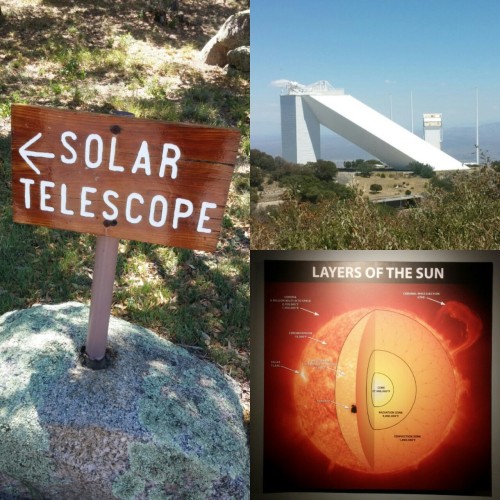
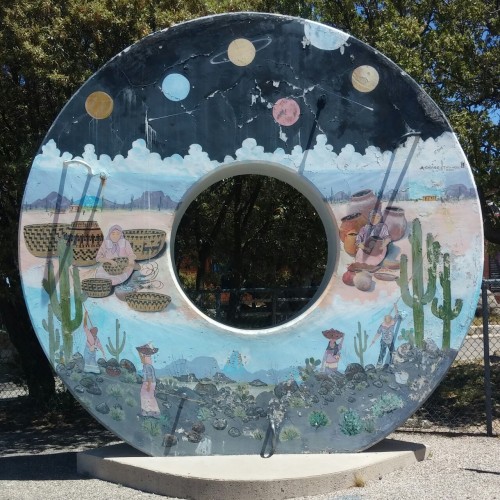
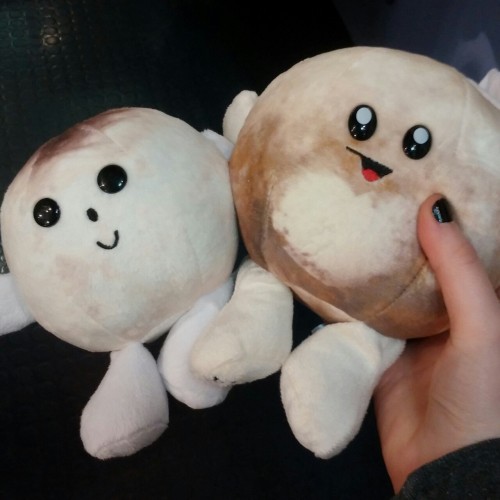
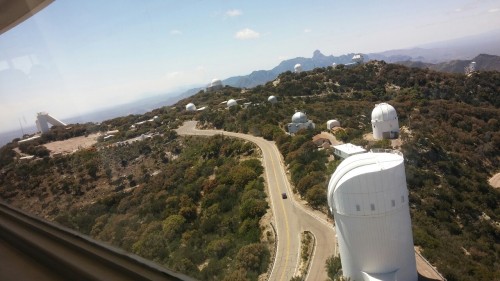
Some pictures from my adventure at Kitt Peak Observatory today 🔭📡☀
How Well Do You Know Mercury?
Mercury is the smallest planet in our solar system and is only slightly larger than Earth’s moon. To give you some perspective, if the sun were as tall as a typical front door, Earth would be the size of a nickel and Mercury would be about as big as a green pea.

Mercury is the closest planet to the sun. Daytime temperatures can reach 430 degrees Celsius (800 degrees Fahrenheit) and drop to –180 degrees Celsius (-290 degrees Fahrenheit) at night.
Here are a few fun facts about Mercury:
Mercury takes only 88 Earth days to orbit the sun
If we could stand on Mercury’s surface when it is at its closest point to the sun, the sun would appear more than three times larger than it does here on Earth
Mercury is home to one of the largest impact basins in the solar system: the Caloris Basin. The diameter of this impact basin is the length of 16,404 football fields (minus the end zones) placed end to end!
Mercury is one of only two planets in our solar system that do not have moons (Venus is the other one)
Mercury completes three rotations for every two orbits around the sun. That means that if you wanted to stay up from sunrise to sunrise on Mercury, you’d be up for 176 Earth days…you’d need a LOT of coffee!

Two missions have visited Mercury:
Mariner 10 was the first mission to Mercury, and 30 years later, our MESSENGER mission was the second to visit the planet. Mariner 10 was also the first spacecraft to reach one planet by using the gravity of another planet (in this case, Venus) to alter its speed and trajectory.

MESSENGER was the first spacecraft to orbit Mercury, The spacecraft had its own shades to protect it from the light of the sun. This is important since sunlight on Mercury can be as much as 11 times brighter than it is here on Earth. The spacecraft was originally planned to orbit Mercury for one year, but exceeded expectations and worked for over four years capturing extensive data. On April 30, 2015, the spacecraft succumbed to the pull of solar gravity and impacted Mercury’s surface.
Water Ice?
The MESSENGER spacecraft observed compelling support for the long-held hypothesis that Mercury harbors abundant water ice and other frozen volatile materials in its permanently shadowed polar craters.

This radar image of Mercury’s north polar region. The areas shown in red were captured by MESSENGER, compared to the yellow deposits imaged by Earth-based radar. These areas are believed to consist of water ice.
Mercury Transit of the Sun
For more than seven hours on Monday, May 9, Mercury will be visible as a tiny black dot crossing the face of the sun. This rare event – which happens only slightly more than once a decade – is called a transit.

Where: Skywatchers in Western Europe, South America and eastern North America will be able to see the entirety of the transit. The entire 7.5-hour path across the sun will be visible across the Eastern U.S. – with magnification and proper solar filters – while those in the West can observe the transit in progress at sunrise.

Watch: We will stream a live program on NASA TV and the agency’s Facebook page from 10:30 to 11:30 a.m. – an informal roundtable during which experts representing planetary, heliophysics and astrophysics will discuss the science behind the Mercury transit. Viewers can ask questions via Facebook and Twitter using #AskNASA. Unlike the 2012 Venus transit of the sun, Mercury is too small to be visible without magnification from a telescope or high-powered binoculars. Both must have safe solar filters made of specially-coated glass or Mylar; you can never look directly at the sun.
To learn more about our solar system and the planets, visit: http://solarsystem.nasa.gov/
Make sure to follow us on Tumblr for your regular dose of space: http://nasa.tumblr.com
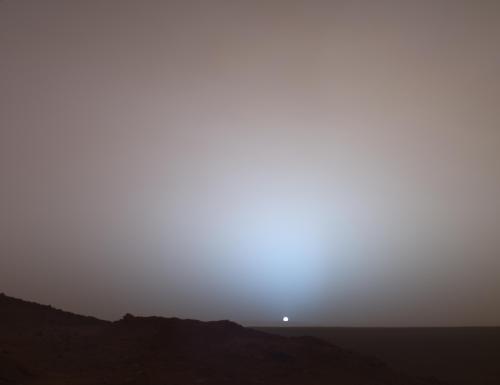
On Mars, the sunset is blue.
js
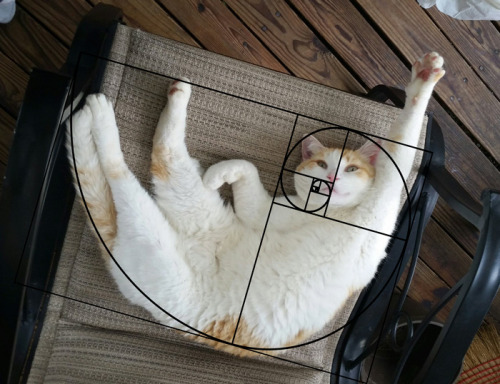
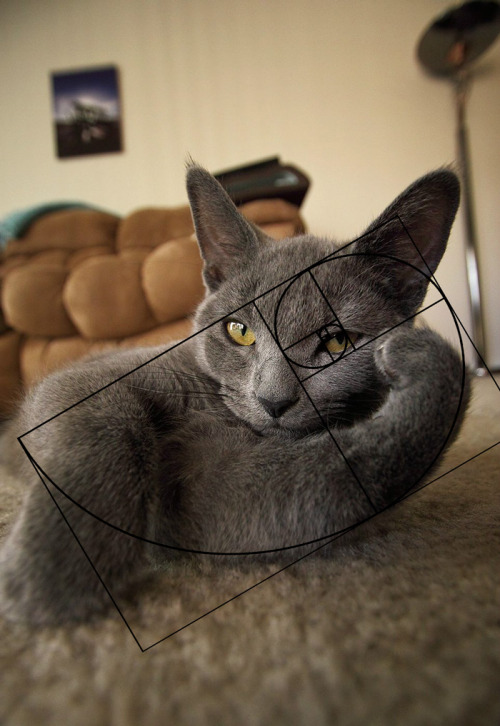
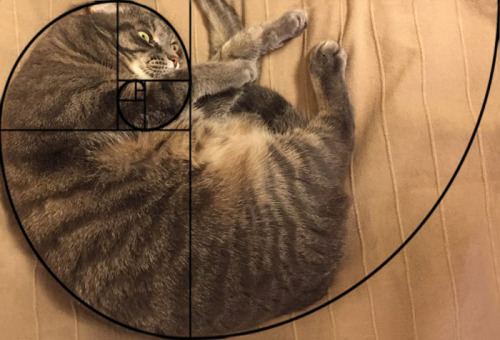
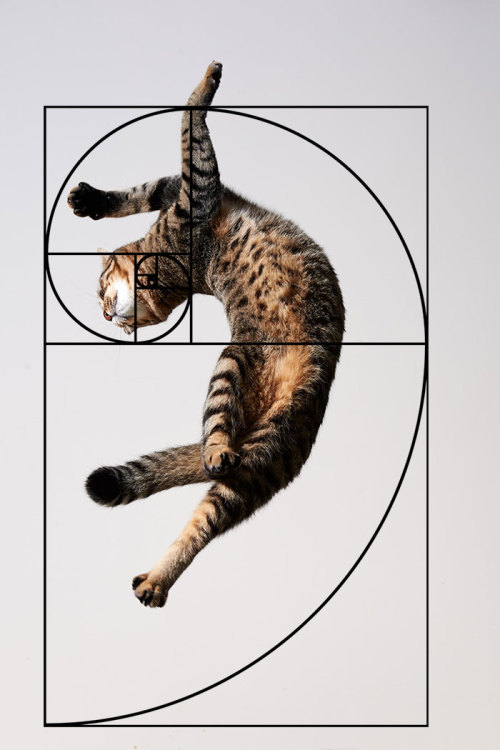
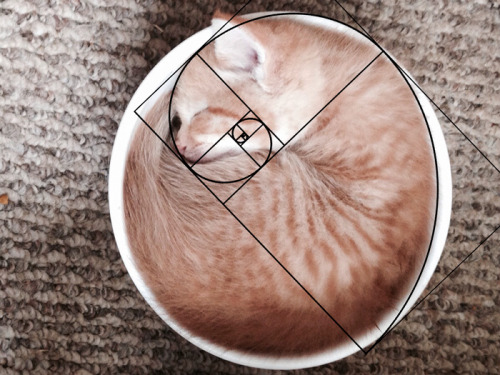

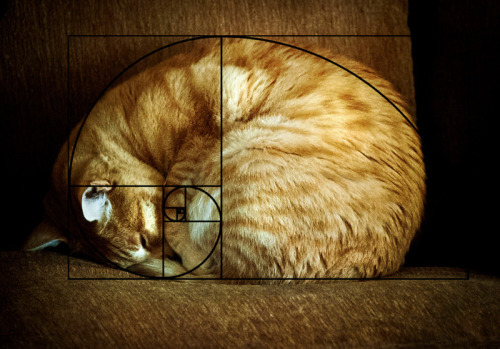
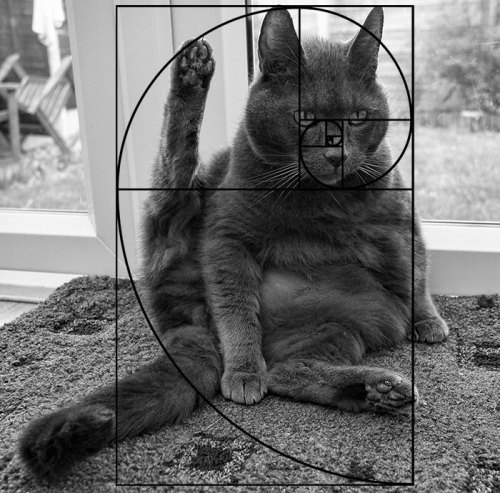
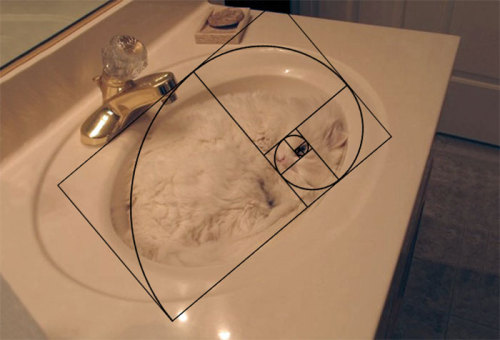

Furbonacci Sequence Proves That Cats Are Purrfect
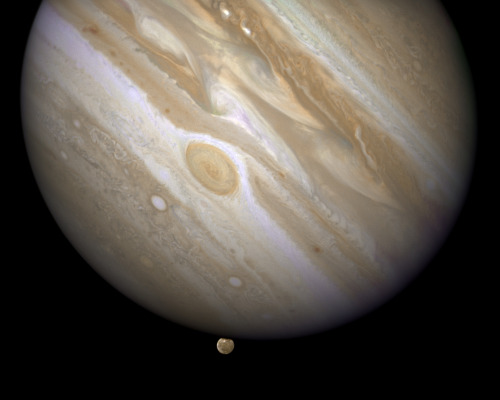
Giant Jupiter eclipses its moon Ganymede. Courtesy of NASA, ESA, and E. Karkoschka (U. Arizona).
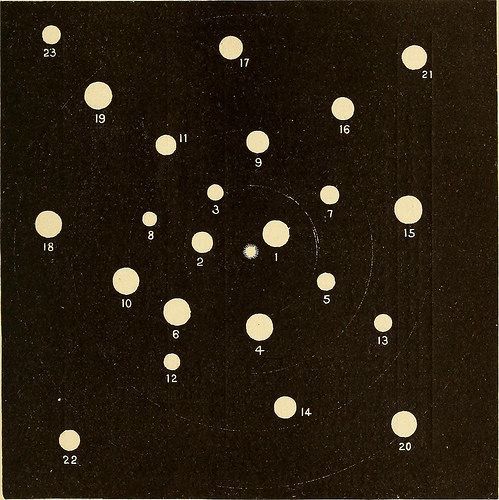
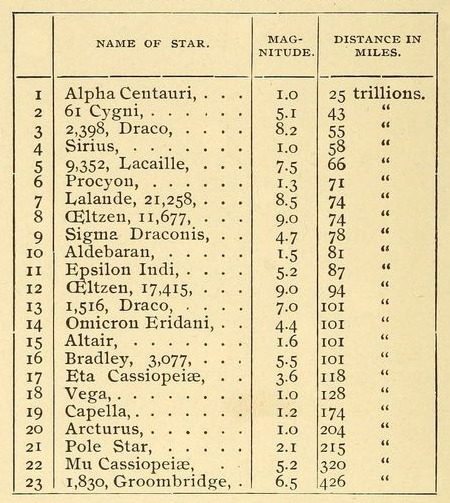
Known distances of stars from Earth in the 1890s, chart and table. The story of the sun, moon and stars. 1898.
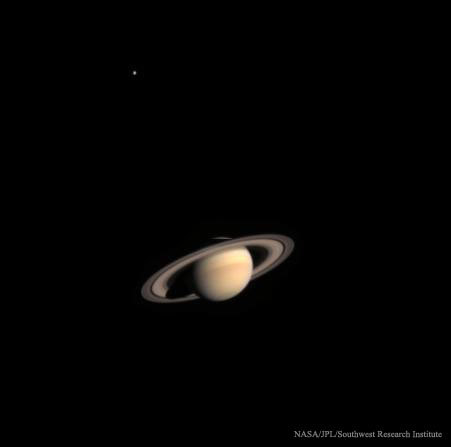
Cassini Approaches Saturn
(via APOD; Image Credit: Cassini Imaging Team, SWRI, JPL, ESA, NASA )
Cassini, a robot spacecraft launched in 1997 by NASA, became close enough in 2002 to resolve many rings and moons of its destination planet: Saturn. At that time, Cassini snapped several images during an engineering test. Several of those images were combined into the contrast-enhanced color composite featured here. Saturn’s rings and cloud-tops are visible toward the image bottom, while Titan, its largest moon, is visible as the speck toward the top. When arriving at Saturn in July 2004, the Cassini orbiter began to circle and study the Saturnian system. A highlight was when Cassini launched the Huygens probe that made an unprecedented landing on Titan in 2005, sending back detailed pictures. Now nearing the end of its mission, Cassini is scheduled to embark on a Grand Finale phase in late 2016 where it will repeatedly dive between the giant planet and its innermost rings.